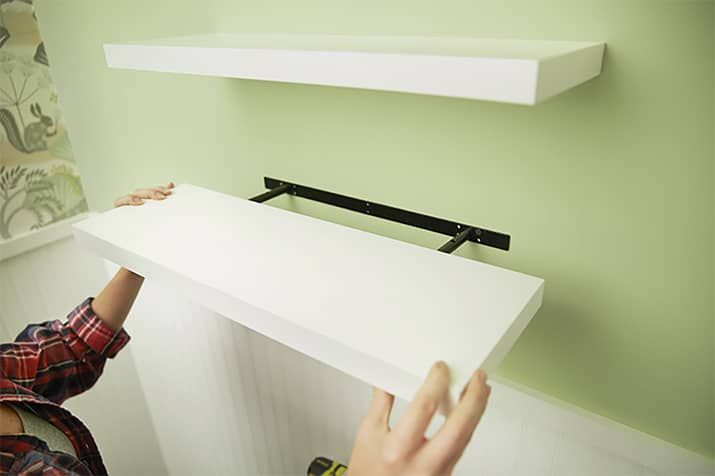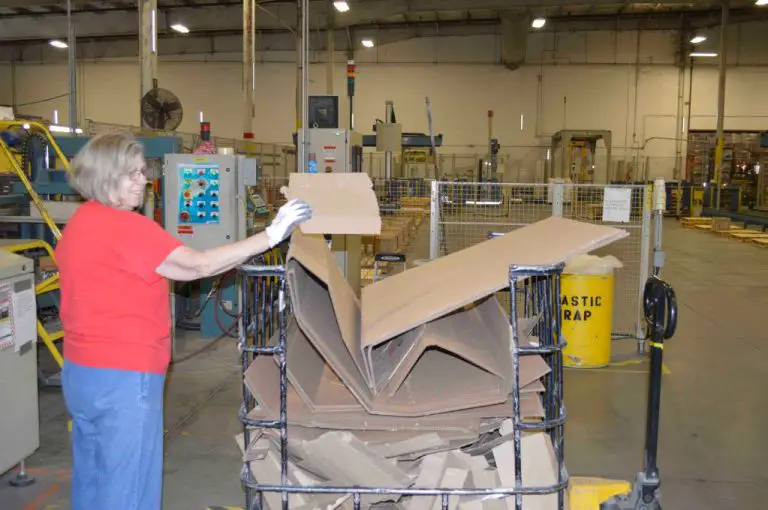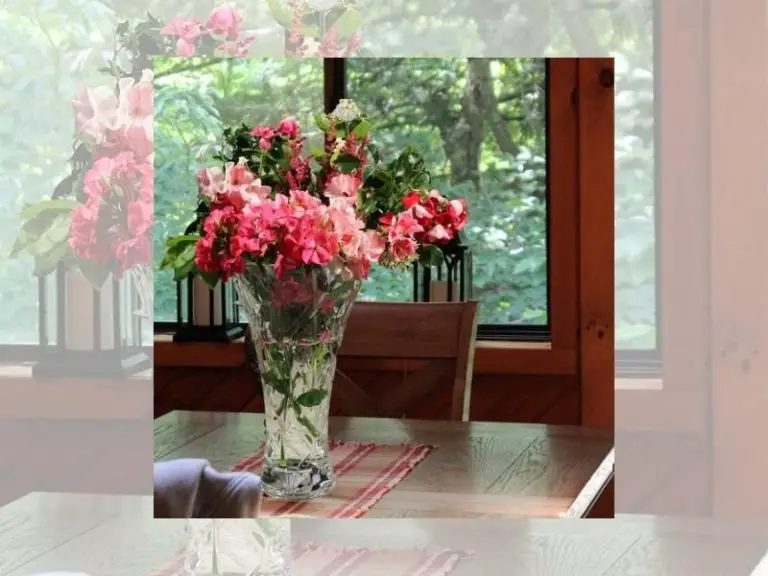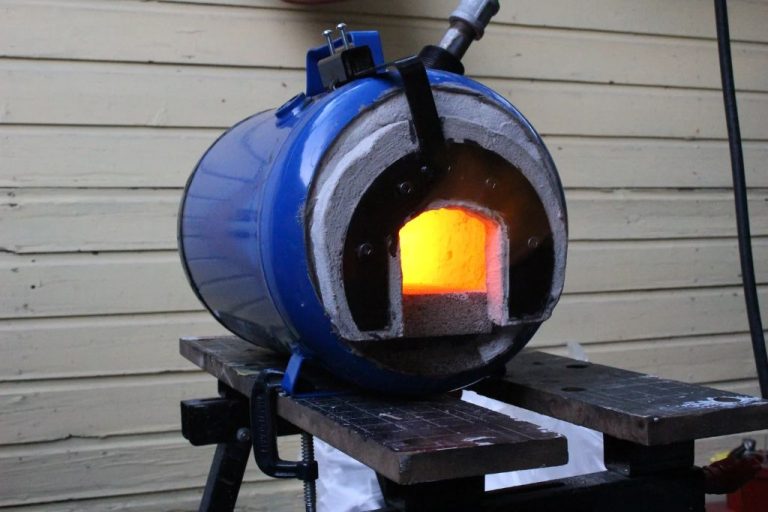Is Getting Into Pottery Expensive?
Pottery is a rewarding and creative hobby that allows you to make beautiful, functional items out of clay. Working with clay is a hands-on process that many find relaxing and meditative. As a hobby, pottery can be as inexpensive or expensive as you want it to be. With just a few basic supplies, you can get started in pottery without breaking the bank. However, as you advance in skills and techniques, costs will increase for things like a pottery wheel, kiln, and specialty tools. Overall, pottery offers an accessible artform that fits a wide range of budgets. This guide will break down the costs associated with pottery at various stages, from beginner to advanced.
Cost of Supplies
The basic supplies needed to start pottery include clay, glazes, tools, a pottery wheel, and access to a kiln. The cost for these items can range quite a bit depending on the quality.
Clay is one of the main supplies and costs $20-$50 for 25 lbs. High quality clay that fires correctly may cost more, around $30-$60 per 25 lb bag according to PotteryCrafters.
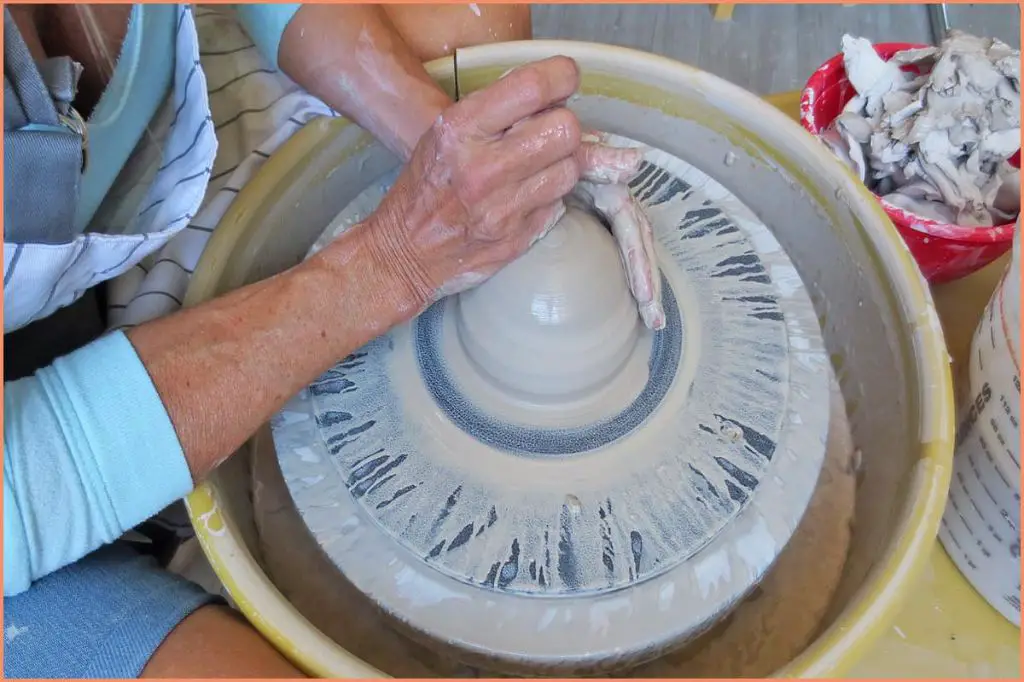
Glazes are used to color and finish pieces. A starter set of glazes can cost $30-$100. Individual glazes may cost $15-30 per pint. Quality glazes without lead that fire consistently tend to cost more according to Soul Ceramics.
A basic pottery tool kit with 10-15 tools will likely cost $20-$50. Additional specialized tools can range from $5-$30 each. High quality, ergonomic tools may cost more but can make throwing easier according to Wheel & Clay.
Pottery wheels enable throwing vessels and range widely in price. Inexpensive tabletop wheels can cost $100-$300 but may be challenging for beginners. High quality wheels with strong motors cost $400-$1,000+ and are better suited for regular use according to Soul Ceramics.
Kilns suitable for firing pottery range from $300 for a small tabletop kiln up to $2,000+ for a large high-fire kiln. Many beginners look for used kilns to save costs or take classes with kiln access included according to PotteryCrafters.
Studio Fees
When first getting started in pottery, working out of a community studio, taking classes, or getting a studio membership can provide access to equipment and facilities without a large upfront investment. Studio fees vary widely based on location, amenities offered, and membership terms.
A standard community studio membership costs $100-200 per month. This generally includes access to studio equipment like wheels, kilns, and glazes along with shelf space to store works in progress. Firing fees and materials like clay and tools are extra expenses. According to The Pottery Studio in Denver, a regular shelf membership ranges from $140-170 per month while a top shelf is $160-190 per month (The Pottery Studio). Membership durations often have a minimum commitment of 2-3 months.
Taking pottery classes through a studio is another common starting point, with single classes ranging from $50-100 each. Multi-class bundles offer discounts, with 6 week sessions around $200-300 on average. Class fees include instructor guidance, studio access, clay, glazing materials, and firing. An advantage of classes is trying out pottery without an ongoing membership commitment.
Community studios like Art House offer monthly memberships around $150 which provide open studio time along with storage space, wheels, kilns, and glazes. Firing fees and clay purchases are additional costs (Art House). Studio membership provides flexibility to work independently while utilizing shared equipment and facilities.
Building a Home Studio
Setting up a pottery studio at home requires dedicating space and investing in proper equipment. According to Bay of Clay, you’ll need adequate room for a potter’s wheel, worktables, storage shelves, and a kiln. Proper ventilation is also critical when working with clay dust and firing kilns. Recommended studio size is 10′ x 10′ or larger.
Required equipment includes a potter’s wheel, which can cost between $300-$1000 for a quality electric wheel like those from Shimpo or Brent. Quality handbuilding tables, wedging tables, drying racks, and storage shelves can add another $500-$2000. Kilns start around $800 for a small tabletop model but larger gas or electric kilns with wheeled kiln furniture can cost $2000-$5000 (Bay of Clay).
Proper ventilation requires covering floors with a sealed surface, using dust collection systems, and venting kilns outdoors. Exhaust fans in windows or roof vents can improve airflow. According to Quora users, building a basic beginner’s studio would likely cost $2000-$5000 depending on space and equipment. With experience, costs grow with tools, materials, and larger equipment.
Advanced Tools and Techniques
As you advance in pottery, you may want to invest in more specialized tools and equipment to expand your capabilities. Here are some of the key investments for intermediate to advanced potters:
Kilns
While beginners can often get by using communal studio kilns, having your own kiln allows you to fire pieces on your schedule. Kilns range greatly in price based on size and features. Small tabletop kilns can be a few hundred dollars, while large gas-fired kilns with digital controls can cost over $10,000. Consider how much volume you plan to fire and any specialty firing techniques you want to explore.
Wheels
Moving up from a beginner’s wheel to an intermediate or professional model allows for finer control and stability when throwing. Sturdier wheels with smooth, quiet electric motors average $600-$2,000. Larger wheels around 30″ in diameter provide ample space for throwing large pieces. Look for adjustable speed controls and a water collection system.
Specialty tools
Experienced potters use specialty tools for complex techniques like carving, sculpting, and surface decoration. These can include ceramic loop tools, sponges, ribs, and specialty modeling knives. Expect to invest $50-$300 to acquire a set of intermediate specialty tools.
Selling Your Work
For hobby potters, selling your work can help fund supplies and equipment for your craft. While some potters do manage to make a full-time living from their art, turning pottery into a lucrative business is quite challenging according to discussions on Reddit and Quora. Most potters need supplemental income sources.
There are several options for selling your pottery:
- Art and craft shows allow you to display and sell your work directly to customers. Shows require an application fee, booth fee, and travel expenses.
- An ecommerce website gives you an online storefront to reach customers globally. You’ll need photography, shipping materials, and website costs.
- Galleries and retail stores take commission, usually 40-50%, in exchange for displaying your work. This route removes the need to directly market to consumers.
- Commissions allow you to create custom pieces for clients. Marketing and networking help secure commissioned work.
Building an audience on social media can boost visibility and sales. Photographing your pottery in an appealing way and telling your artist story helps connect with potential collectors.
Budget Options
Getting into pottery doesn’t have to be expensive if you’re willing to be creative and thrifty. There are many ways to save money as a beginner potter.
Buying used equipment is one of the best ways to save. Check classified ads, thrift stores, garage sales, and online marketplaces for deals on used wheels, kilns, tools, and other supplies. Just be sure used electrical equipment is in good working order. According to users on Reddit, you can often find great deals on used wheels and kilns that are practically brand new: “Getting started on a budget”.
Consider alternatives that are cheaper than specialized pottery tools. For example, old kitchen utensils like wooden spoons can be used as ribbing tools. Sponges, plastic wrap, and textured fabrics can create interesting surface effects. Everyday objects like caps and jars can assist in smoothing, burnishing, and shaping clay. Get creative with materials from around the house!
Opt for cheaper clay and glaze materials as you’re learning. Rather than high-end porcelain or stoneware, try working with basic earthenware clays which are very affordable. Mix your own glazes from recipes rather than buying premixed glazes. According to How to Get Into Pottery Cheap, most potters buy raw materials and mix their own glazes to save money.
Estimating Initial Costs
When you’re first getting started in pottery, there are some upfront costs to consider. Making an itemized budget can help you estimate total initial expenses.
According to Wheel & Clay, a typical beginner pottery budget includes:
- Pottery wheel – $300-$1000
- Kiln – $200-$500 for a small tabletop kiln
- Basic pottery tools – $50-$150 for trimming tools, ribs, sponges, etc.
- Clay – $20-$50 to purchase enough clay for several projects
- Glazes and stains – $50-$150 to get started
- Safety equipment – $50-$100 for glasses, mask, apron
- Studio storage and furniture – $100-$300 for shelves, tables, stools, etc.
Additional potential costs are electricity, studio space rental, classes, and membership fees for studios or guilds. With all these factored in, a reasonable beginner’s budget is $1000-$2000 to comfortably get started with pottery.
Managing Ongoing Costs
While the startup costs for pottery can be high, there are ways to manage the ongoing expenses and keep costs down over time:
Buy clay in bulk – Buying a 25 lb or 50 lb bag of clay rather than smaller amounts can save significantly per pound. Look for sales and coupons from online retailers.
Recycle clay scraps – Save all unused clay scraps, let them dry, and reconstitute them by mixing with water. Recycled clay works just as well as new clay for most projects.
Limit tool purchases – Only buy new tools when you really need them. Build your supplies slowly over time rather than buying a huge starter set.
Sell your work – Consider selling your finished pieces through craft fairs, online shops, or consignment to offset material costs. Even small profits can make the hobby self-sustaining.
Barter with other potters – Trading clay, tools, or studio space with other local potters can save money. A shared studio space splits kiln fees.
Use a community studio – Taking classes or renting studio time at a local community art center is cheaper than buying your own equipment.
DIY a home studio – Build your own small, affordable kiln and set up a studio in your basement or garage to avoid ongoing studio fees.
Look for free or cheap material – Check Craigslist and Facebook for free or inexpensive secondhand clay, tools, shelves, and furniture to furnish your studio.
Take good care of tools – Properly maintain wheels, kilns, and tools to maximize their lifespan rather than replacing them frequently.
Conclusion
Getting into pottery does not have to be prohibitively expensive, especially for beginners. The basic supplies like clay, glazes, tools, and an inexpensive wheel or handbuilding equipment can cost a couple hundred dollars to start. While a personal studio space is ideal, taking beginner classes at a local studio can give you access to shared equipment and instructor guidance for just the cost of modest course fees.
As you advance in pottery and want access to more tools, space, and materials, the costs will increase. However, you can pace your progression in the hobby based on your budget and interest level. Starting small and waiting to invest in advanced equipment until you have a good amount of experience can help manage costs over time. Overall, pottery can be an accessible and rewarding hobby for beginners with any budget.

